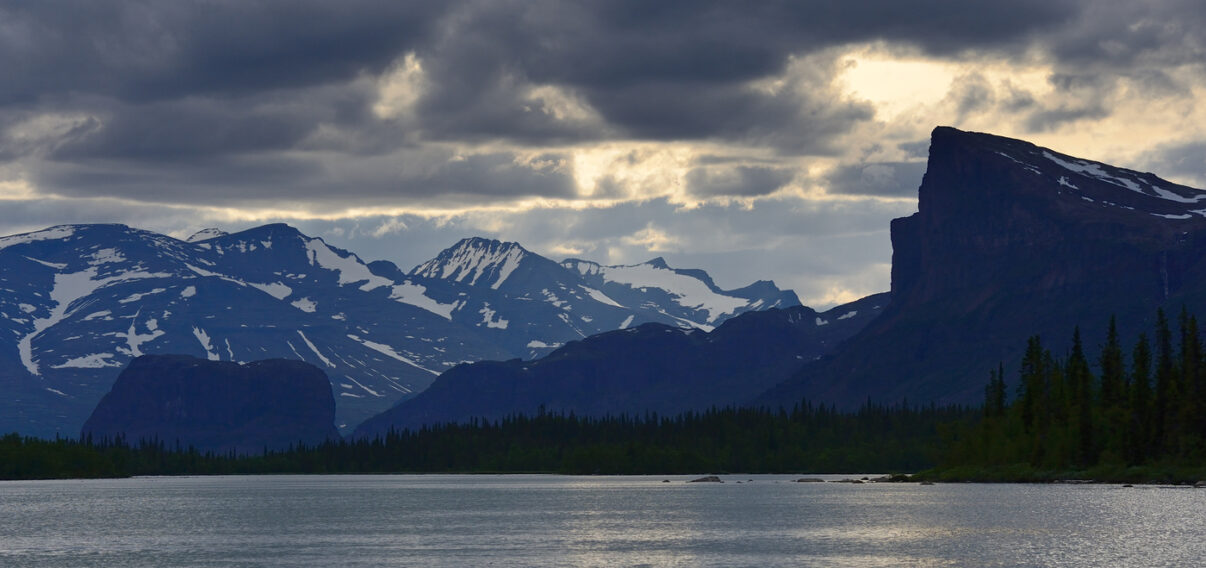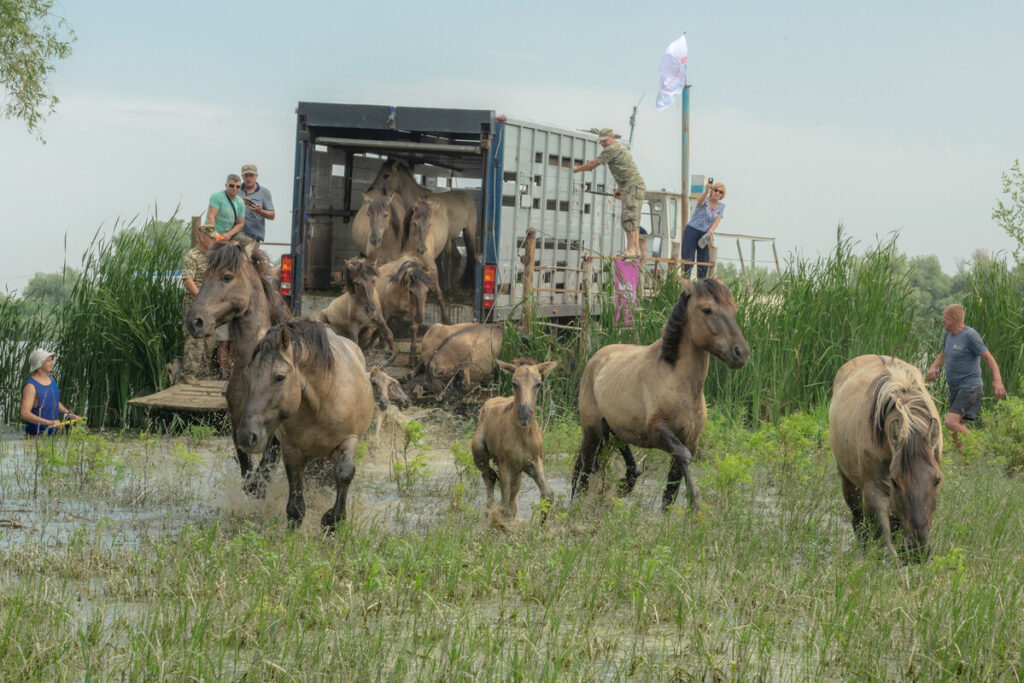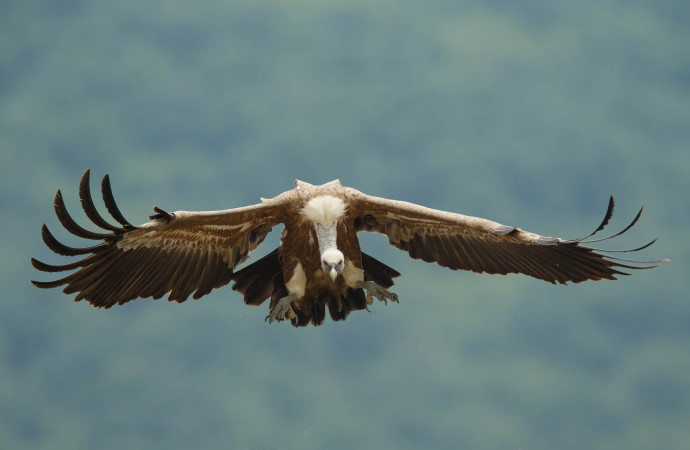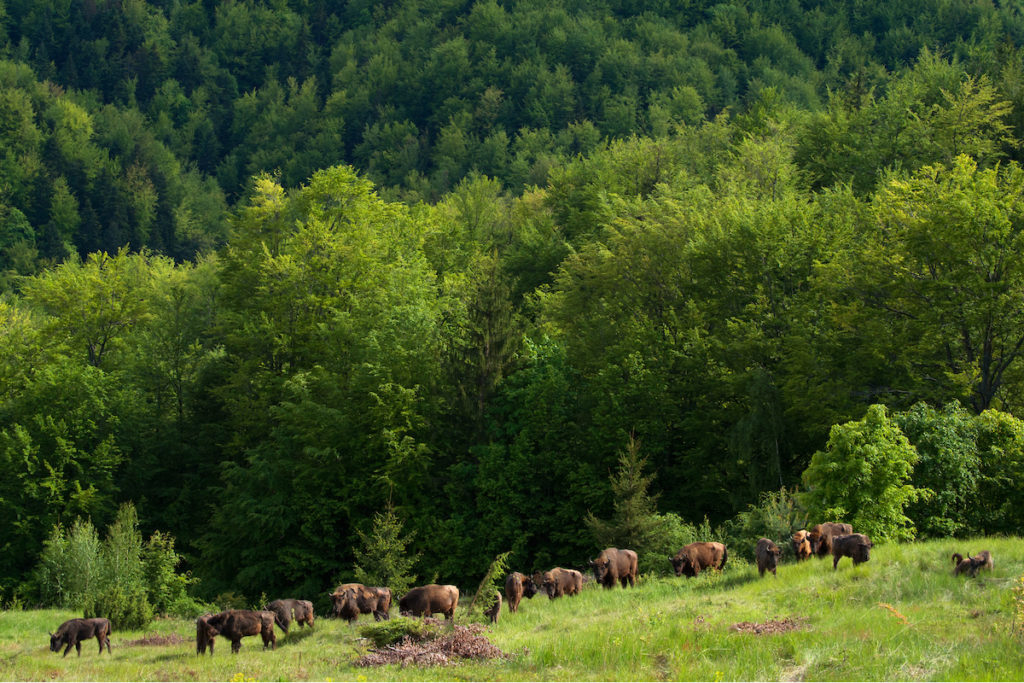Restoring the health and functionality of wild nature offers us a game-changing opportunity to address our biodiversity and climate emergencies at the same time. The UN’s biodiversity and climate-related plans and agreements should reflect this by working synergistically to maximise support for rewilding.

Delivering functional nature
Signatory parties to the UN Convention on Biological Diversity will today meet at COP 15 in the Canadian city of Montreal to determine the Post-2020 Global Biodiversity Framework. This framework will define targets and pathways for nature conservation and the sustainable use of biodiversity over the next decade and beyond, guiding efforts in nearly 200 countries. There are now growing calls for a “Paris Agreement for Nature“, which would see countries set national conservation targets and routinely report their progress on meeting them.
Biodiversity and climate are inextricably linked. Rewilding Europe urges COP 15 delegates to recognise that restoring the health and functionality of wild nature is one of the best ways of simultaneously reversing biodiversity decline and keeping global warming within the critical 1.5°C threshold. Going forwards, optimising the synergy between various biodiversity and climate-related treaties and frameworks – in order to maximise support for rewilding and the restoration of functional nature – could make a massive difference if we are to realise a greener and more liveable planet for all.

Wildlife to the rescue
Today only around 3 percent of the world’s terrestrial and marine areas can be considered fully functional. Rewilding aims to improve the status quo by enabling the recovery of self-sustaining, complex, resilient ecosystems, complete with healthy and diverse wildlife populations. An example of this can be seen in the Rhodope Mountains rewilding landscape in Bulgaria, where the local rewilding team are restoring food webs and natural processes through the reintroduction of ecologically important species such as vultures, deer and European bison.
Enabling the recovery of global wildlife populations to natural levels is not only good for biodiversity, but has the potential to massively increase the absorption and storage of atmospheric carbon. Restoring the functional role of species such as whales, elephants, wolves and sharks could, in fact, be climate transformative by magnifying carbon uptake by up to 12.5 times across the world’s terrestrial, freshwater, and marine ecosystems – a process known as “animating the carbon cycle“.

The European perspective
The urgent need for action on climate change and biodiversity loss requires coherent policy approaches that support transformative instead of incremental change. In Europe there is already growing recognition that climate change and biodiversity loss are highly interlinked, and that polices, plans and frameworks can and must address both crises in an integrated way.
The EU’s so-called “Nature Restoration Law“, which proposes legally binding nature restoration targets for all EU Member States, was tabled in June. As a key element of the EU Biodiversity Strategy for 2030, it aims to bring nature back across the continent for the benefit of biodiversity, climate and people. It has the potential to significantly scale up rewilding as a nature-based climate solution and as a means of enhancing functional biodiversity.
“The Nature Restoration Law is a good start, but there is still a lot more work to do on European biodiversity,” says Frans Schepers, Rewilding Europe’s Executive Director. “We also call for the removal of harmful subsidies which are still being provided at huge scale and which continue to damage European nature. If European governments continue to support intensive agriculture, wood products for biofuel, damaging forestry and fishing practices, and infrastructure such as dams and roads, we will never bend the curve of nature loss.”
Rewilding Europe will continue to advocate and practice holistic approaches to nature recovery that positively impact biodiversity and help to address climate change at the same time. This is far more preferable to approaches that prioritise biodiversity or climate, such as afforestation (plantations of fast-growing tree species) and paludiculture (wet agriculture and forestry on peatlands).

A call to the COP
The Global Rewilding Alliance is a growing network of more than 125 practitioner and messenger organisations, and an official implementation partner of the UN Decade on Restoration. Alliance members, which include Rewilding Europe, are working to rewild more than 100 million hectares of land and sea in more than 70 countries.
Rewilding Europe supports the Global Rewilding Alliance in calling for the delegates and governments assembling at COP 15 to:
- Recognise the importance of restoring the functionality of ecosystems and their wildlife populations through rewilding and the potentially game-changing opportunity this offers to simultaneously enhance biodiversity and address climate change.
- Immediately protect the wild, intact nature we have left, and to employ rewilding as a key conservation approach as we work towards protecting 30 percent of the Earth’s land and ocean area by 2030 (the 30 x 30 initiative).
- Urgently rebuild key wildlife populations for biodiversity and climate healing, recognising the huge carbon sequestration potential that the recovery of wild nature offers.
- Ensure all biodiversity and climate change approaches and action plans are fully integrated and act in synergy to deliver maximum beneficial impact.
- Ensure that the successful conclusion of the “Paris Agreement for Nature” leads to the comprehensive and effective protection of marine areas.
